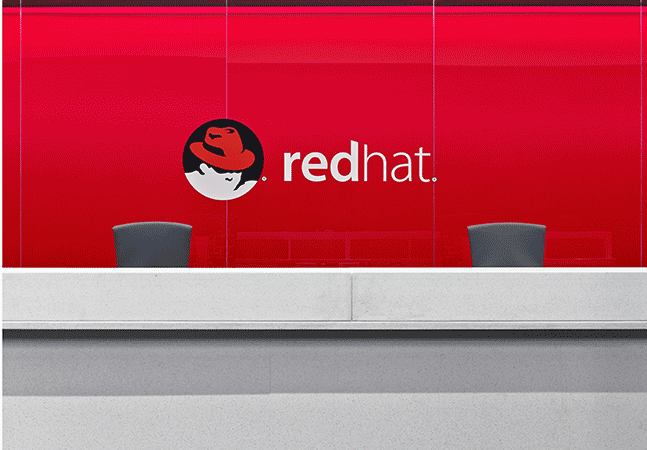
Three-part platform provides a builder studio for machine learning foundation models, data services for scaling AI workloads and governance.

"Available detection tools are neither accurate nor reliable," says a new research paper titled "Testing of Detection Tools for AI-Generated Text."

Generative AI may be dominating the tech hype cycle these days, but amid the hoopla Microsoft and Google have been making advances in another mind-boggling future technology: quantum computing.

OpenAI, which last year unleashed advanced generative AI technology that is transforming the world, has launched a massive effort to guard against the potential extermination of humanity that could result from further advances.

Microsoft, which has become an AI leader thanks to its financial partnership with OpenAI, is using new advanced generative AI technology in a joint collaboration with Zero Trust cybersecurity specialist Rubrik.

"We expect that a little more time may need to pass before we see developers using more AI tools more broadly."

AWS might be seen as late to the cloud giant AI party as Microsoft's "new Bing" rolled out along with multiple AI Copilots for many products and services, after which Google offered up its experimental Bard AI search engine while developing its own new large language models (LLMs), but Amazon has made some moves of its own.

Tom Fenton, presenting again at this year's U.S. conference, shares his thoughts on the event themed "Explore the center of the multi-cloud universe."

OpenAI's new function calling capabilities are flopping for some developers, many of whom are also complaining about the ChatGPT creator making its large language models (LLMs) "more stupid" with recent updates.

If you've been plucked off the waitlist for Google's Search Labs, you now have access to early-stage experiments powered by advanced generative AI.

The biggest players in advanced AI are renewing previous calls for regulation, joining a worldwide chorus of concerns about the dangers of runaway tech.

OpenAI's new update to ChatGPT introduces a feature in the works sure to be of interest to enterprise AI teams: shared links.

"I cannot overstate how different our approach to all this has been."

Here's a summary of what's new -- specifically the top 10 Azure products and services that reached general availability or will soon -- at the event.

Accessing up-to-date information beyond September 2021 "knowledge cutoff date" is my use case, and WebPilot is my tool.

Zerto, a cloud data management and protection specialist, today announced Zerto 10, the latest version of its namesake cybersecurity solution with a variety of capabilities.

Microsoft's new blog series on OpenAI and .NET is out with a new post that explains all the ins and outs of prompt engineering to get the best out of GPT large language models (LLMs).

The new functionality is designed to help organizations become more proactive in the fight against ongoing cyberattacks by using time series data and metadata.

A U.S. Senate hearing to explore AI regulations and oversight in order to tackle misuse like audio/image/video deepfakes started with an audio deepfake of AI-generated remarks.

Google plans 'About this image' tool to help detect synthetic photos.